MPTET Varg 2 Math Mock Test - 7 - MPTET MCQ
30 Questions MCQ Test MPTET Varg 2 (MPESB Middle School) Mock Test Series 2026 - MPTET Varg 2 Math Mock Test - 7
Sumit travels from Mumbai to Navi Mumbai at a speed of 40 km/hr in 33 minutes and he travels a distance from Navi Mumbai to Pune at a speed of 62 km/hr in 33 minutes. Find the average speed of the whole journey.
A child is able to differentiate between a square and a rectangle on the basis of their properties. According to Van Hiele's stages, this child is on _______ stage.
Study the bar graph and answer the questions based on it:
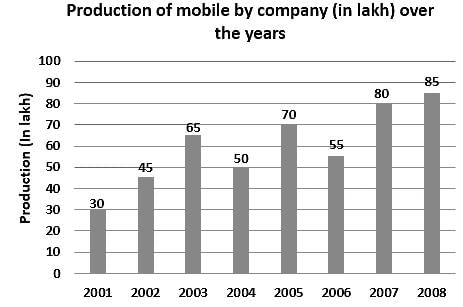
In which year the percentage increase in production as compared to the previous year was the maximum?

If ABCD is a rhombus such that ∠ACB = 50°, then ∠BDC will be:
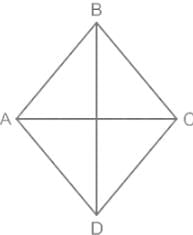
The shadow length of the skyscraper is 31 m while the angle of elevation of the sun is 60°. How long is the skyscraper?
The property of metal by which it can be drawn out into wire is known as
a) Ductility
b) Malleability
c) Brittleness
d) Toughness
Study the bar graph and answer the questions based on it:

What was the approximate percentage decline in the production of mobile from 2003 to 2004?
Direction : Study the following graph and answer the questions.
The Graph shows the Human Resource Index of an organization for the given years .
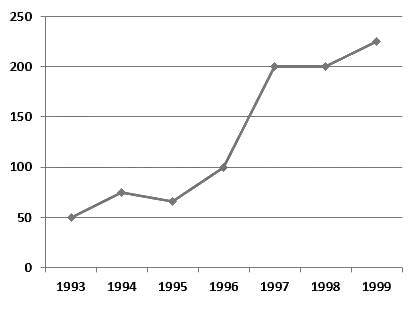
What is the ratio of index in year 1997 to year 1996 ?
A bird makes a depression of 30° with a person standing on the ground. After flying 60 meters, at the same height, the angle of depression becomes 60°. At what height is bird flying?
PQRS is a cyclic quadrilateral. PQ is extended up to T and U on both sides. if the value of ∠SPU is 68° and ∠RQT = 57°, then find the value of
∠SRQ - ∠PSR.
The top of two poles of height 24 m and 36 m are connected by a wire. If the wire makes an angle of 60° with the horizontal, then the length of the wire is?
A tank of oil is 4/5 full. When 6 bottles of oil is taken out and 4 bottles of oil is poured into it, it is 3/4 full. How many bottles of oil can the contain in the whole tank?
In Figure, we have X and Y are the mid-points of AC and BC and AX = CY. then
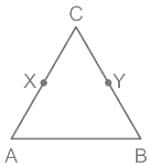
What will be the value of 37 - [19 - {6 ÷ 3 - (6 - 9 ÷ 3) ÷ 3}]
Find the median of the given set of numbers 23, 34, 45, 67,-10, 78, 89 and 115.
4/7 of total students in a school are girls and the remaining are boys. If there are 211 more girls than boys, then what will be the number of boys in the school?
If the ratio of the areas of two circles is 16 ∶ 25, then what is the ratio of their radii?
The ratio between Rahim’s and Karim’s ages two years ago was 3 ∶ 2 and at present it is 7 ∶ 5. The present age of Karim is :
|
1 docs|15 tests
|
|
1 docs|15 tests
|




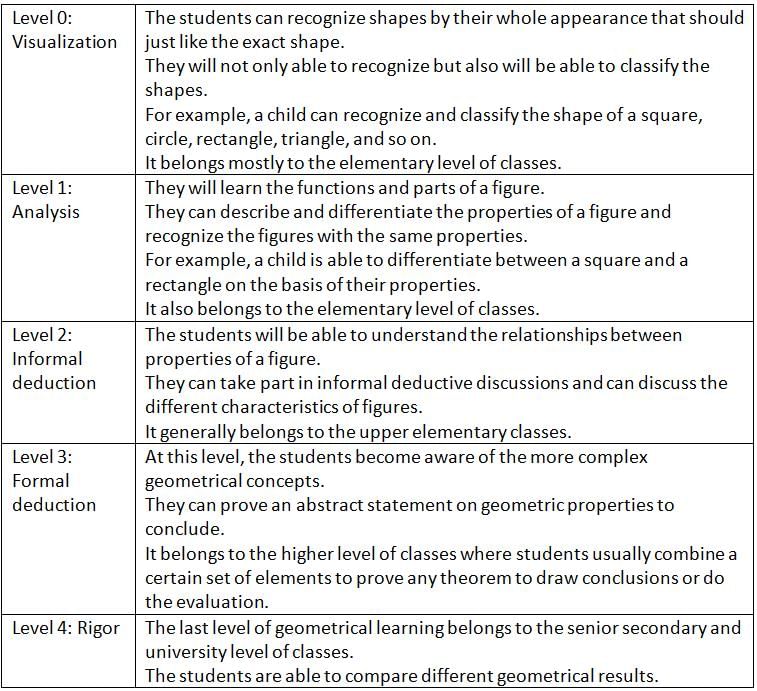









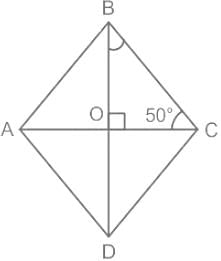
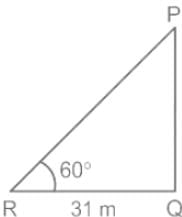
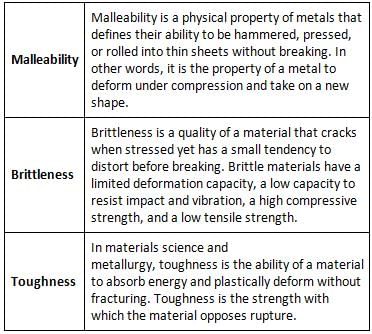

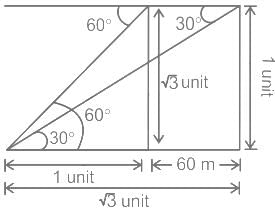
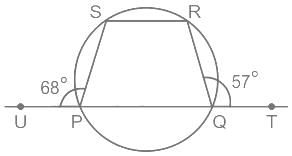
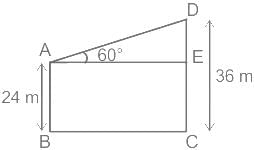
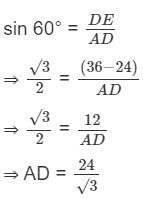

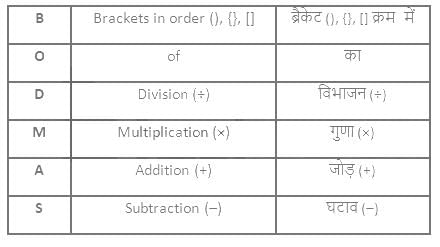
 observation.
observation. and the
and the  observations.
observations. and the
and the  observations.
observations.












